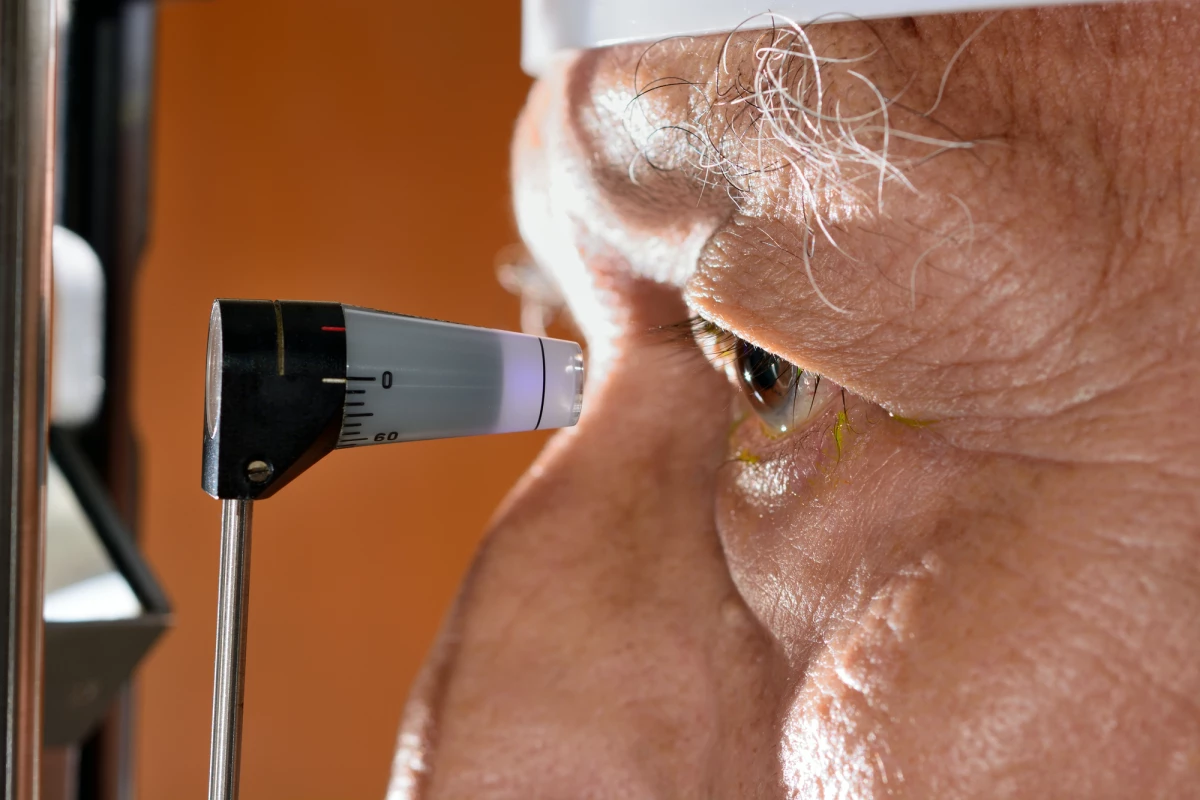The high eye pressure seen in glaucoma slowly leads to blindness. For some, the first-line treatment, eye drops, doesn’t work. Researchers have used gene therapy to develop a promising new way of treating the high eye pressure associated with glaucoma.
Affecting up to 80 million people worldwide, glaucoma is usually caused by raised intraocular pressure (IOP). The number of people with glaucoma is expected to rise to 110 million by 2040.
The eye constantly produces a liquid called aqueous humor, which helps the eye hold its shape and nourishes the eye. The fluid is drained out of the eye through the anterior chamber angle or drainage angle. If the drainage angle is damaged, the eye produces more aqueous humor than it can drain, causing high IOP that can irreversibly damage the optic nerve, leading to blindness.
The first-line treatment for glaucoma is eye drops made of a prostaglandin analog, which lowers IOP. However, 25% to 50% of people don’t respond to the treatment, and their eye pressure remains elevated.
Researchers at Trinity College Dublin have collaborated with the biotechnology company Exhaura Ltd to develop a novel gene-therapy-based approach to decreasing IOP that shows great promise in the treatment of glaucoma.
“This exciting project allowed us to bridge the gap between academia and industry and work very closely with a gene therapy company to develop a cutting-edge therapy that we believe holds immense promise for patients in the future,” said Matthew Campbell, corresponding author of the study.
The researchers used an adeno-associated virus (AAV), a bioengineered tool that uses a non-enveloped virus to deliver modified genetic material into tissues and cells. After delivery, the modified genes create new instructions for those tissues or cells, helping to treat disease.
Here, researchers used AAV to deliver instructions to produce the enzyme matrix metalloproteinase-3 (MMP-3), which helps to kickstart the outflow of aqueous humor from the eye.
The researchers started their experiments on mice, injecting AAV into the back of the eye. They found that the increase in MMP-3 mediated by the AAV increased the outflow of the fluid and decreased IOP. When they tested the therapy on human donor eyeballs, they also found that outflow increased.
The researchers say that the years of research undertaken to get to this point were worth it and that the study’s findings are promising.
“Our novel approach to treating glaucoma using gene therapy is the culmination of over seven years of research,” said Jeffrey O’Callaghan, lead author of the study. “We are hopeful that this therapy will pave the way to the development of treatments for other forms of blinding eye diseases.”
The study was published in the journal Science Advances.
Source: Trinity College Dublin





